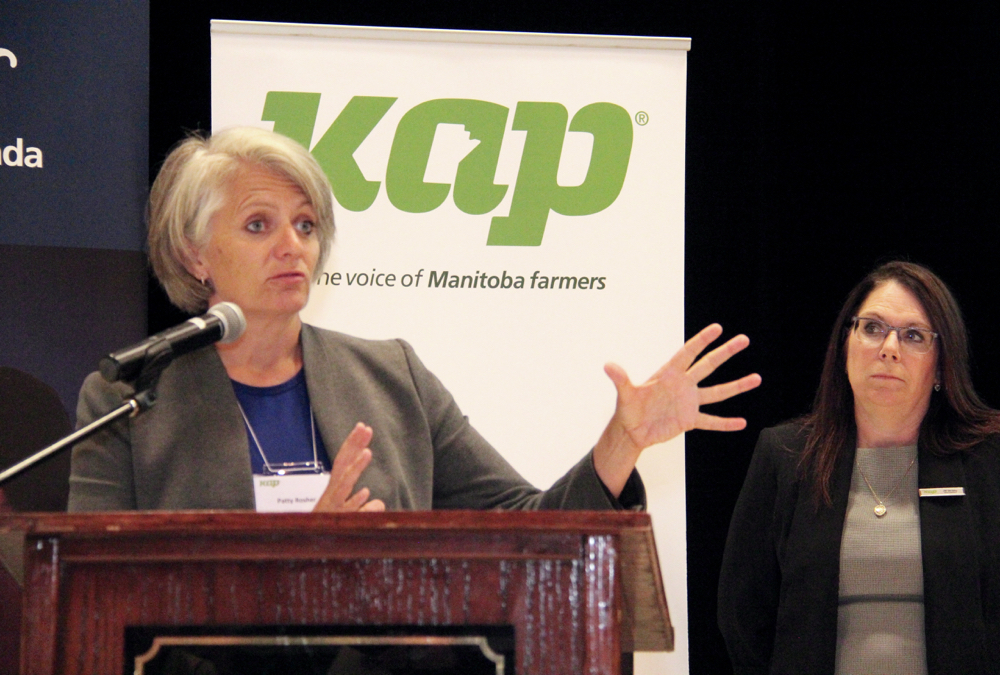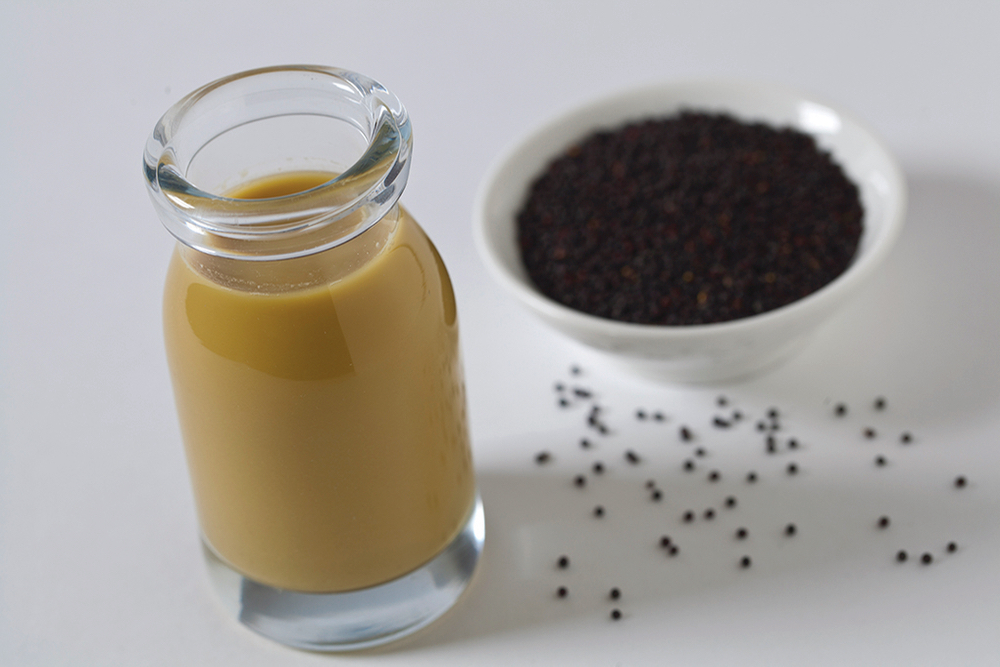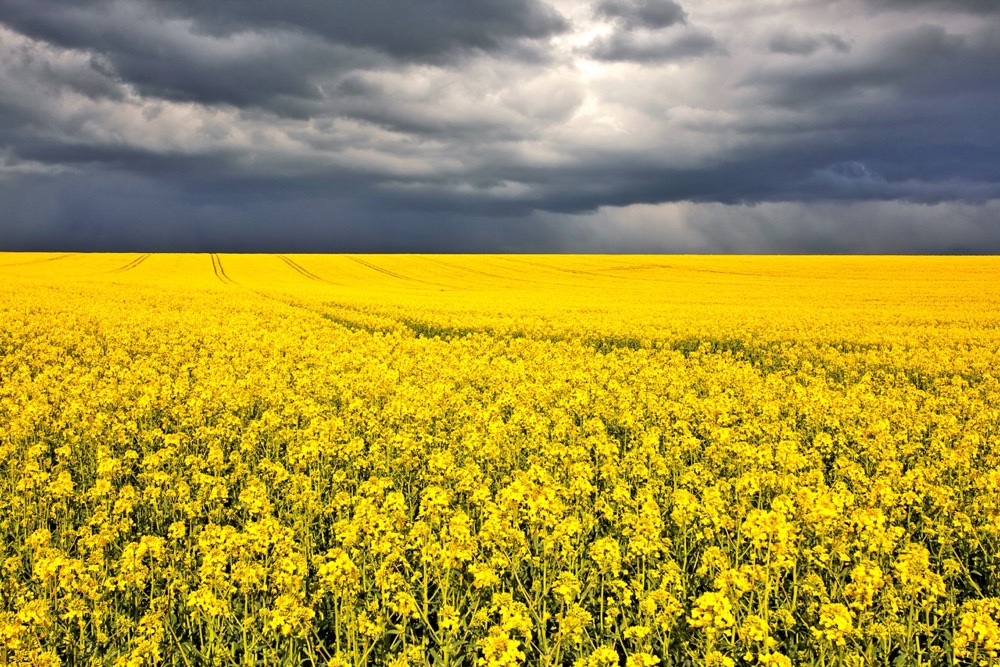Manitoba farmers are being asked if they want their checkoff-funded commodity groups to collaborate more — or even merge.
It was one of the main themes at commodity group annual meetings at the fourth annual CropConnect conference in Winnipeg Feb. 15 and 16.
And the man credited with planting the seed in 2013 — Halbstadt-farmer Danny Penner — is pleased to see the idea is being debated.
“I am very excited,” Penner said in an interview Feb. 17 from England. “I am glad that the organizations that are getting involved are talking about collaboration… and I am excited about that. Obviously there is some trepidation by some organizations.”
Read Also

AgriStability enrolment deadline extended
The deadline for Manitoba farmers to enroll in the AgriStability business risk management program has been extended by three months agriculture minister Ron Kostyshyn announced on Friday.
- More from CropConnect: MSGA recognizes long-term supporter
Penner says it’s not a question of if, but when some merging occurs.
“I really do (think it will happen) but it will take more time,” he said. “I can see a model something similar to like the Grain Farmers of Ontario. I can see in the future there will be collaboration even between provinces. If we don’t I think… we will lose the confidence of the farmers and if we lose the confidence of the farmers we will lose public control.”
Some commodity group administrators, including Theresa Bergsma, who is retiring as general manager of the Manitoba Corn Growers Association, has said her association has been collaborating for years and merging with others is the next logical step, but only if members support it.

“There are too many commodity groups,” Jason Voth, an Altona farmer and president of the Manitoba Pulse and Soybean Growers Association (MPSGA) told the association’s annual meeting Feb. 15. “We are operating in silos, often wanting similar things, often doing similar things. We should be working together. Together our voice as farmers could be smarter and louder. Our dollars as farmers could be better spent, ensuring my farm and your farm are as profitable as they can be.”
It’s obvious from their financial reports some of the smaller commodity groups, such as sunflowers and flax, are struggling as plantings decline and revenue follows.
“The reality is for our (Manitoba Flax Growers Association) organization and all of the other small commodities, is if you want to do some useful work you have to make sure that you don’t just spend your whole budget on administering the organization,” Eric Fridfinnson, the group’s president, told reporters Feb. 16 following the association’s annual meeting. “If you have a budget of $150,000 or $200,000 (and) if you’re going to have to hire a full-time employee and rent an office there is not going to be a lot left. So we have to find ways to be more efficient and it is not only flax, it is all the small commodities.”
Manitoba’s sunflower acres in 2016 fell to 67,992 — the lowest level since 2001. And the Canadian National Sunflower Association (CNSA) lost almost $88,000 in 2016, following a $47,000 loss in 2015.
When it comes to mergers, members must not be indifferent, CNSA president and Virden farmer Mark McDonald told the association’s annual meeting Feb. 15.
“These are big decisions and they could have large ramifications going forward so we want to be your voice and get across what the grassroots want,” he said.
Kelly Dobson, a Fairfax, Man., farmer and consultant with DobsonLead, has been hired to collect farmer feedback. Opinions can be submitted through email ([email protected]) or Twitter (#strongfarms).
“Please talk to your directors,” Dobson told a packed lunchtime audience at CropConnect Feb. 15. “Ask questions. Tell them what you’re thinking because at the end of the day it is your money, it is your farm and it is your future. Help each other succeed.”
Commodity groups have changed, Dobson said. They are expected to take on so much more of what used to be left to governments, such as funding-applied research, extension and market development.
Farmers want a choice of crops, but production is driven by what’s profitable now, he said.
“It is completely unintentional that the current system does not foster collaboration, but nevertheless grower organizations have done so where possible and this conference is a most visible example,” Dobson said
The Manitoba Canola Growers Association has been part of the collaboration/merger talks, and will continue to be, association president Chuck Fossay said in an interview following the association’s annual meeting Feb. 16. However, as one of the oldest commodity groups, already collaborating with provincial and national canola associations, it isn’t sure how well canola would be served folded into a general crops organization.
“We are not really sure how to continue to interface with these other (canola) groups if we are no longer a purely canola group,” he said. “There are a lot of things that have to be looked at and worked through before we would go forward with any serious type of merger.”
The Manitoba Wheat and Barley Growers Association (MWBGA) kicked the collaboration/merger discussion off in April 2015, association president and Reston farmer Fred Greig said. Funding came from the Manitoba Agriculture’s Growing Actions program for a study on the “Operational Challenges of Manitoba Growers’ Associations,” conducted by Scott Wolfe Management.
Five commodity groups — wheat/barley, corn, pulse/soybean, canola and sunflowers — were part of the initial discussions.
The project identified common challenges, best practices and opportunities for more formal collaboration, MWBGA director Dylan Wiebe, who farms at Altona, told the association’s annual meeting Feb. 16. A provincial roundtable was formed and oat, flax and winter cereals joined the discussion brings the total number of groups to the current eight.
“All organizations acknowledged the need to work together and recognized that different organizations may have a varying sense of urgency and expectations,” Wiebe said.
“We are going to lead by our example,” Greig told reporters. “It’s not like, ‘get on the bus or get under the bus.’ This is the direction we are going. If it looks like it could work for your organization and it can work for our organization we are going to make it happen.”
That’s how the MWBGA and corn growers agreed to hire a joint general manager.
Manitoba Agriculture Mminister Ralph Eichler supports commodity group collaboration, but stressed it’s up to farmers, not the government.
“It just warms my heart to be able to see groups get along together and share ideas and share commonalities,” he told reporters following the CropConnect banquet Feb. 15. “The No. 1 goal that we all want to achieve… is better results for our farmers. When rural Manitoba and our farmers are successful all of Manitoba is successful. ”
















